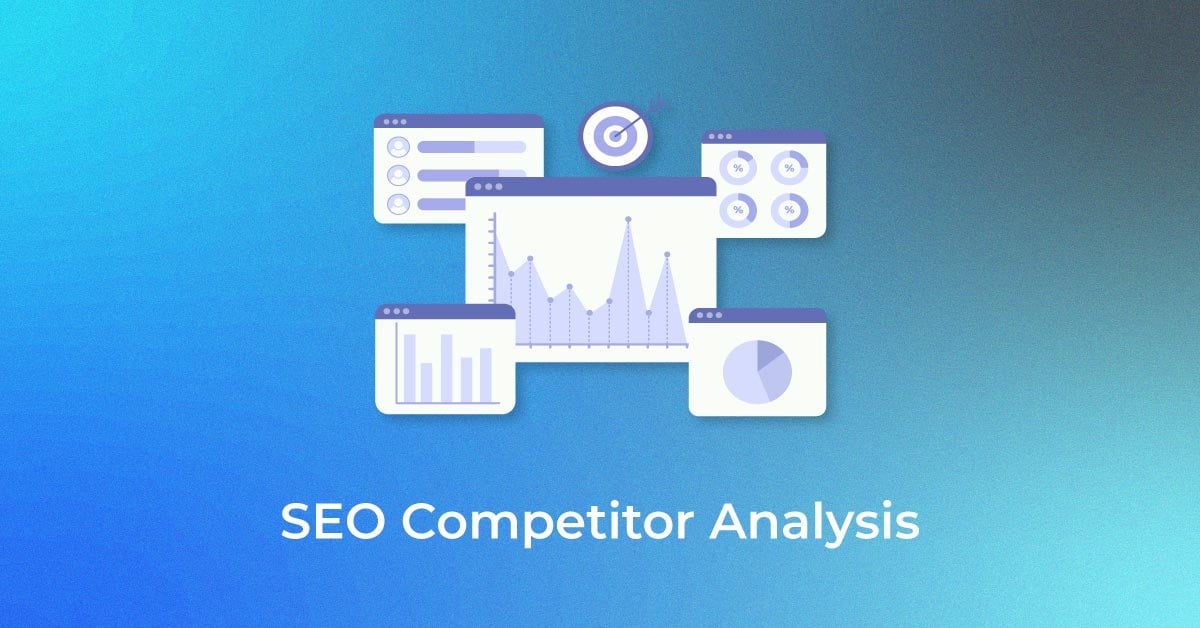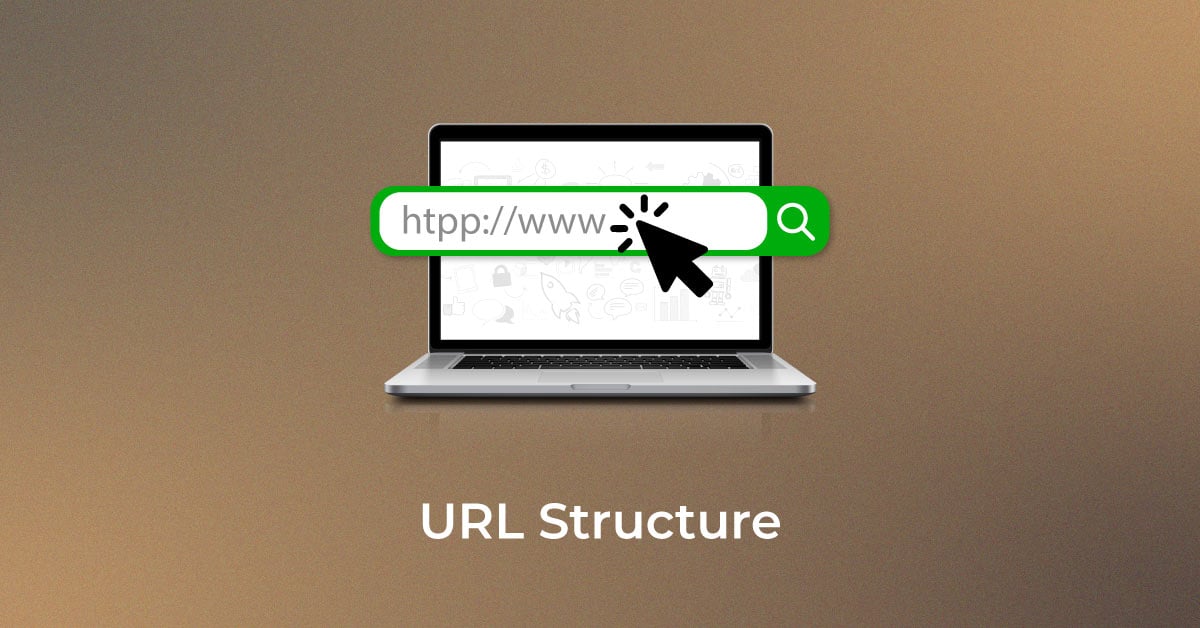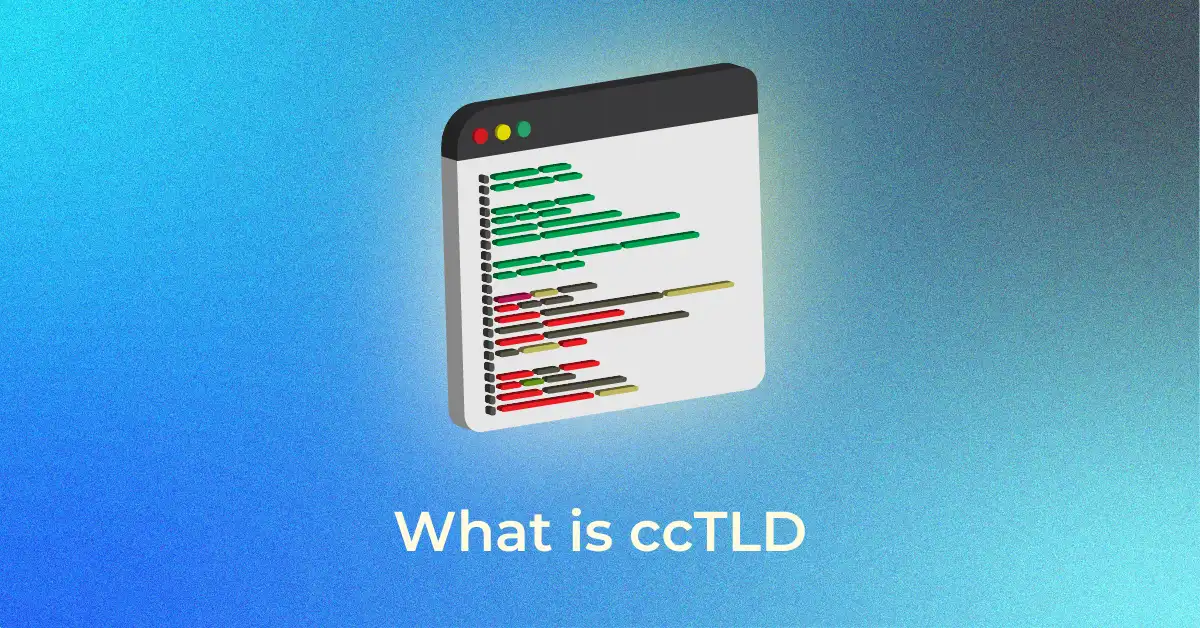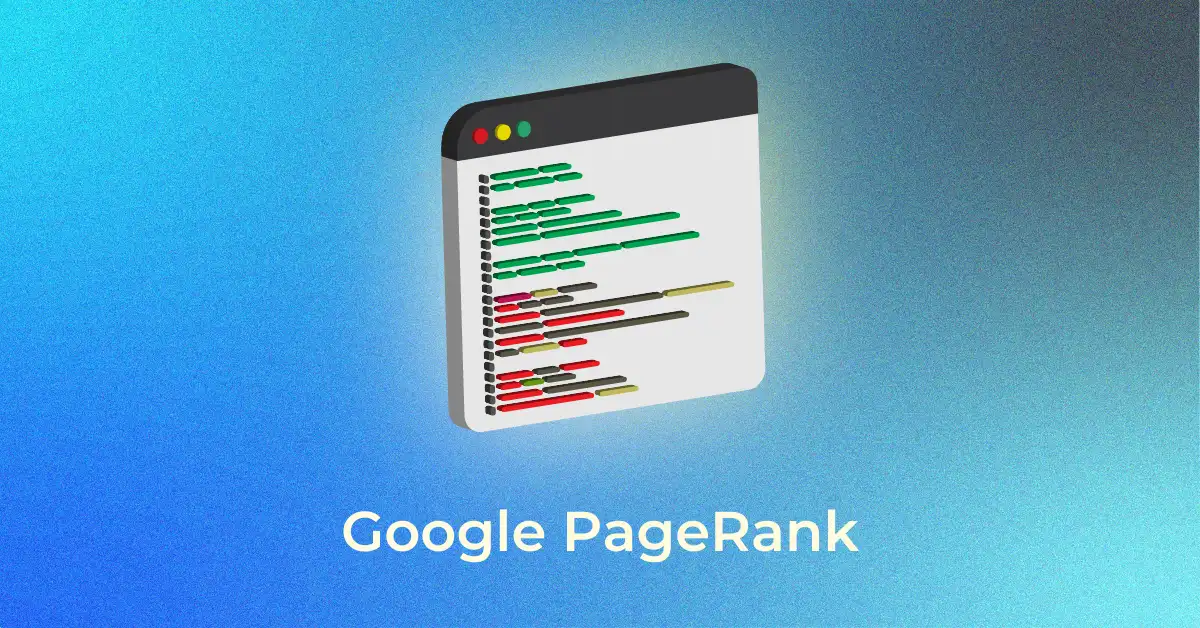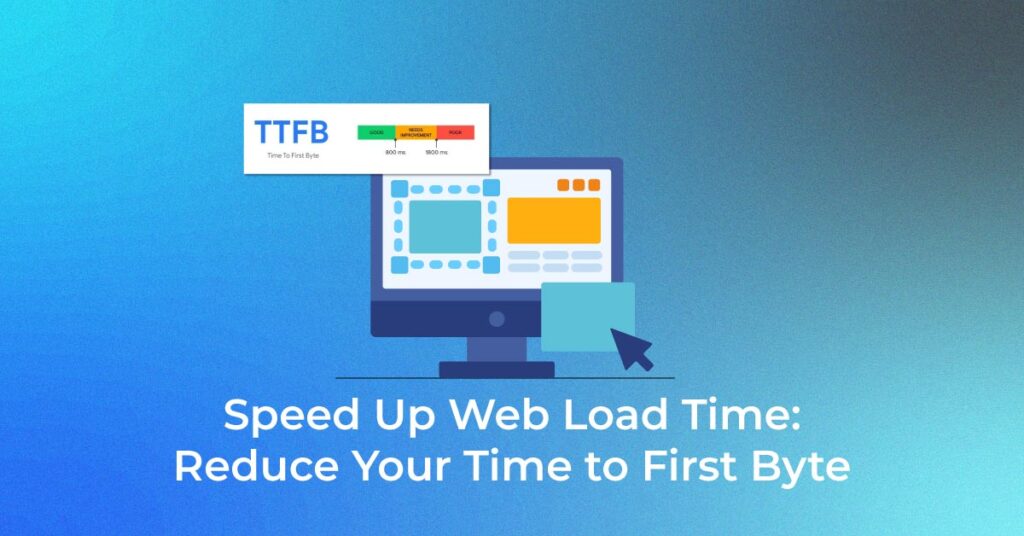Introduction to Time to First Byte (TTFB)
What is Time to First Byte (TTFB)?
- When you click a link or type in a website address, you expect a rapid response. What you may not see is the crucial role Time to First Byte (TTFB) plays in that process.
- It’s the interval between sending a request to the server and receiving the first byte of data. This tight window includes your browser’s journey through DNS lookups, TCP handshakes, and, for secure sites, TLS handshakes.
Importance of TTFB in web performance
TTFB is a starting gun for web performance, determining the initial responsiveness of a server. It’s the first domino in the chain towards a fully loaded page. A TTFB sets the tone for an excellent user experience by assuring visitors that the website is lively and will serve content promptly.
Furthermore, this metric influences the entire cascade of web vitals, as every subsequent loading measure—from rendering to interactivity—hinges on that first critical byte. In a landscape where fractions of a second can make or break user retention, TTFB becomes a key indicator of your site’s velocity and vitality.
How TTFB Works
- TTFB is a confluence of several web processes, each layer adding time to the clock from the second a visitor requests your page. The chronology starts with the all-important HTTP request—your initial shout into the digital void—but your server’s response journey involves a quickfire relay of steps.
- First up is the DNS lookup, where the URL you know and love is translated back to server language—an IP address. Think of it as finding the right house in a vast city. Next, your browser and the server must agree to communicate through a TCP handshake, followed by a secure TLS negotiation if the content is HTTPS-protected.
- Finally, there’s the actual request and the dispatch of the first byte of data back to the browser. Here, distance isn’t merely geographical; it’s digital, too. A nearby server means a speedier TTFB, but if miles or overloaded infrastructure stretch between you, expect some delay.
Measuring Your Website’s TTFB
Tools of the Trade for Timing TTFB
Determining your website’s TTFB is crucial, and thanks to the various tools available, it’s also manageable. You may opt for lab tools or field tools, the former simulating user interactions in a controlled environment, and the latter gathering real-world user experience data.
Leveraging widely-recognized lab tools like WebPageTest or GTmetrix can deliver an array of data, including TTFB. For a real-world perspective, Google’s PageSpeed Insights taps into field data, offering insights on how genuine users experience TTFB.
Additionally, for a hands-on, local measure, Chrome DevTools stands out. It lets you dive into network activities and inspect the TTFB on each request in real time, valuable for on-the-fly site tinkering and optimization checks. Remember, consistency is key. Stick to one tool as a baseline to monitor improvements or regressions effectively.
Decoding Good vs. Bad TTFB Metrics
Interpreting TTFB metrics efficiently can guide website optimization strategies. If your TTFB falls within the ‘good’ threshold of under 200 ms, it suggests that your server is promptly responding to data requests. This scenario illustrates a healthy server and network environment, offering a promising start to the user’s browsing experience.
Conversely, a TTFB clocking in above 600 ms rings alarm bells. This prolonged wait hints at potential server or network inefficiencies, possibly stemming from hardware limitations, server misconfigurations, or network congestion.
A ‘bad’ TTFB has broader ramifications. Rationalizing this data isn’t just about the raw number; it’s about context. Different regions may experience your website differently. If your server is in North America and your user is in Asia, a longer TTFB is expected due to the physical distance. Employ continuous monitoring, benchmark against competitors, and prioritize user-centric improvements for balanced optimization.
Why TTFB Matters for SEO and User Experience
Impact on page load times and bounce rates
- Fast TTFB is essential for quick page loads, a critical factor in retaining visitors. When your TTFB is swift, the rest of the page tends to follow suit, offering users a seamless and gratifying browsing adventure. It’s a case where first impressions really do count. A start reassures users that waiting a little longer for the full experience is worthwhile, so they’re less likely to abandon their expedition out of impatience.
- On the other side of the spectrum lies the high bounce rate – the nemesis of web engagement. A prolonged TTFB manifests as a test of user patience; when it fails, users bounce back to their search results or elsewhere, searching for snappier information access. This behavior is demonstrably impacted by TTFB: The slower the TTFB, the higher the risk of users hopping away, making it a central performance factor for user retention and satisfaction.
TTFB’s role in search engine rankings
- Google has made it clear: Speed matters. Although TTFB isn’t a direct player in the web vitals Google emphasizes for search, it indirectly influences those that are. A prompt TTFB contributes to a quicker Largest Contentful Paint (LCP), a core metric affecting search rankings. This means that a focus on TTFB can lay a strong foundation for improved search visibility.
- Furthermore, search engines interpret fast TTFB as a sign of a healthy server-responsive and well-tuned to user queries. While TTFB alone might not dominate ranking algorithms, it feeds into the overall page experience – a crucial composite metric in the SEO arena. As Google progressively fine-tunes its ranking for the best user experience, addressing TTFB can be an ace up your sleeve, offering your website an edge in the crowded online space.
Factors That Affect TTFB
1. Server Performance
Server performance is a cornerstone of low TTFB. Having a powerful server setup means better hardware capabilities, such as the CPU and RAM, and efficient software configurations for web and database servers. These impact how swiftly a server can respond to requests, compile data, and deliver the first byte of content.
Upgrading hardware can mitigate high TTFB by ensuring faster processing and more memory for data-intensive tasks, while software optimization involves everything from selecting the right server stack to fine-tuning database queries. Efficient scripting and caching strategy implementation can shave milliseconds or more off your server response time. Regular performance reviews and updates ensure your server remains in top form, facilitating speedy responses and an overall brisk TTFB.
2. Network Latency
Network latency refers to the delay data experiences as it travels over the Internet. It’s one of the pivotal factors affecting TTFB, with the distance between your server and users playing a significant role. The farther data has to travel, the longer it will take, with each hop and network juncture potentially piling on milliseconds.
It’s not just distance that impacts network latency – the condition and capacity of the network matters. Overloaded or poor-quality connections introduce additional delays, while strong, streamlined routes allow for consistently zippy data transfer. By strategically placing servers closer to your user base or leveraging a Content Delivery Network (CDN) to distribute the load, you can combat network latency head-on, ensuring a speedier TTFB and smoother browsing experience.
3. Web server configuration
Web server configuration can make or break your TTFB. An optimally configured server smoothly handles requests, processes data, and swiftly delivers results. This involves tweaking settings to suit your specific workload, website traffic, and content type. Implementing techniques like keep-alive connections and proper compression can reduce overhead and speed up data transmission.
Adjusting caching approaches is particularly pivotal. By storing frequently requested items in a readily accessible place, server response time drops, and with it, so does TTFB. But remember, every website is unique; there’s no one-size-fits-all configuration. Regular analysis and adjustments guarantee your web server is always fine-tuned for peak performance.
4. Backend application processing time
Backend application processing time is also a vital contributor to TTFB, especially as it involves server-side scripting and database interaction. If a server’s application code is inefficient, it will take longer to fulfill requests, which directly extends TTFB. Routine optimization by refactoring code, reducing unnecessary database queries, and implementing an effective caching strategy can significantly truncate this duration.
Moreover, the complexity of your site’s backend processes should be proportional to available resources. Streamlining CPU-intensive tasks and optimizing database performance through indexing or query refinement can result in a noticeable TTFB reduction. A monitoring system revealing slow operations is indispensable to continually refine code and balance load, thus enhancing backend efficiency for a healthier TTFB.
Frequently Asked Questions
Why should I prioritize reducing TTFB over other metrics?
Prioritizing TTFB (Time to First Byte) improves server response times, which accelerates page loading, enhances user experience, and positively impacts SEO by reducing delays for all other loading processes.
How does a CDN contribute to a lower TTFB?
A CDN (Content Delivery Network) lowers TTFB by caching and delivering content from servers closer to the user’s location, reducing the distance data needs to travel and speeding up the initial server response.
Can TTFB affect my website’s SEO performance?
Yes, a high TTFB can negatively impact SEO since slow server response times lead to longer page load times, which can lower user experience and affect search engine rankings.
How often should I test my website’s TTFB?
You should test your website’s TTFB regularly—at least monthly or after major updates—to ensure server performance remains optimal and to catch any issues early.
Popular Searches
How useful was this post?
0 / 5. 0











